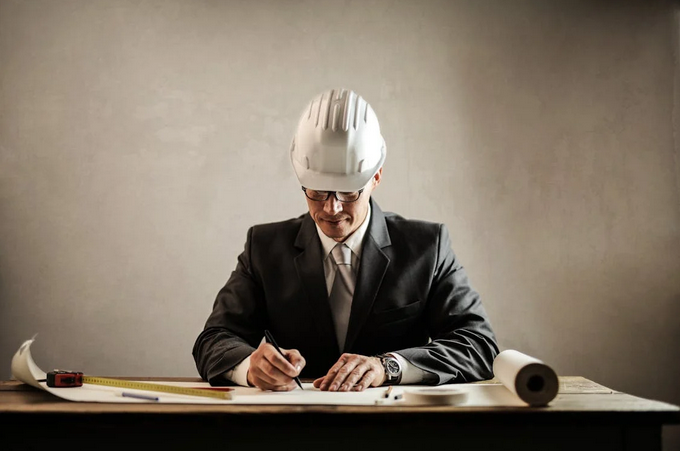
Crafting a home that harmonizes with nature and minimizes environmental impact is a growing priority for homeowners worldwide. Achieving this goal requires more than just technological solutions—it demands an architect’s expertise and creative vision. Architects possess a unique ability to blend sustainability with aesthetic and functional considerations, ensuring every aspect of the home contributes to its eco-friendly footprint.
This article explores compelling reasons why partnering with an architect can transform your dream of a sustainable home into a beautifully designed reality. For further insights on this topic, you can visit https://www.wuppertaler-rundschau.de/business-news/wie-veraendert-die-kuenstliche-intelligenz-den-hausbau_aid-99802703.
Integrated Sustainable Design

Architects are trained to consider the entire lifecycle of a building when designing homes. They can integrate sustainable design features such as passive solar heating, natural ventilation systems, and optimal building orientation to maximize energy efficiency and minimize reliance on artificial heating and cooling. By carefully planning the layout and materials, architects can reduce energy consumption and lower the home’s carbon footprint over time.
Material Selection and Resource Efficiency
Choosing the suitable materials is crucial to achieving a sustainable home. Architects have the expertise to select environmentally friendly building materials that are durable, renewable, and locally sourced whenever possible. They can also incorporate recycled materials and low-impact construction techniques, reducing waste and minimizing the environmental impact of the building process. By prioritizing resource efficiency in material selection, architects contribute to the home’s long-term sustainability.
Optimized Energy Performance

Energy-efficient design is a hallmark of eco-friendly homes, and architects excel in designing spaces that maximize natural light and minimize energy use. Architects can significantly reduce the home’s energy consumption by strategically placing windows, insulation upgrades, and integrating energy-efficient appliances and lighting systems. This lowers utility bills and decreases the home’s carbon emissions, contributing to a greener environment.
Long-Term Environmental Benefits
Beyond initial construction, architects design homes with longevity and resilience in mind. They consider durability, maintenance requirements, and adaptability to future environmental changes. Architects ensure that eco-friendly homes remain sustainable over the long term by designing for durability and incorporating resilient building practices. This approach benefits the environment and increase the home’s value and livability for its occupants.


